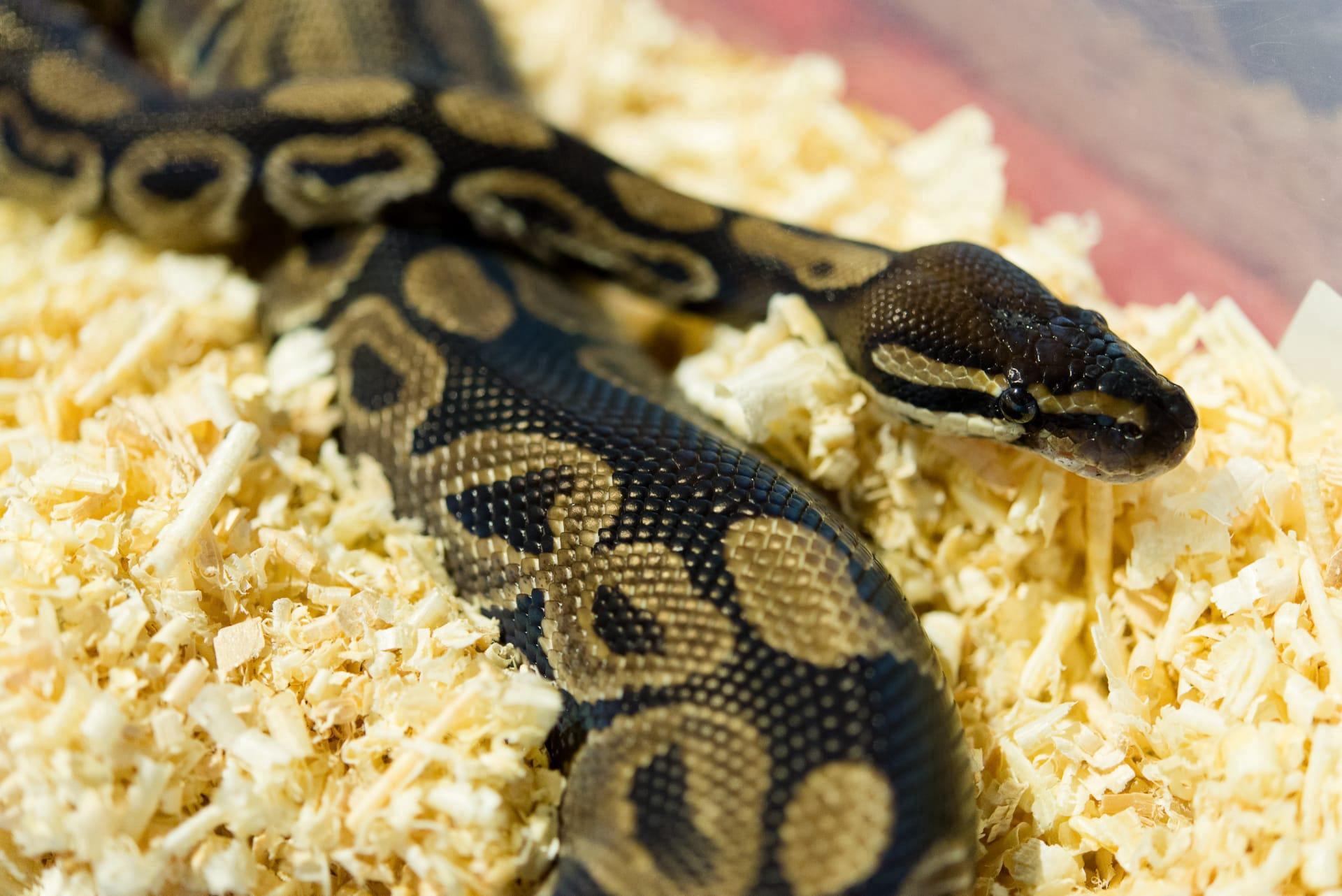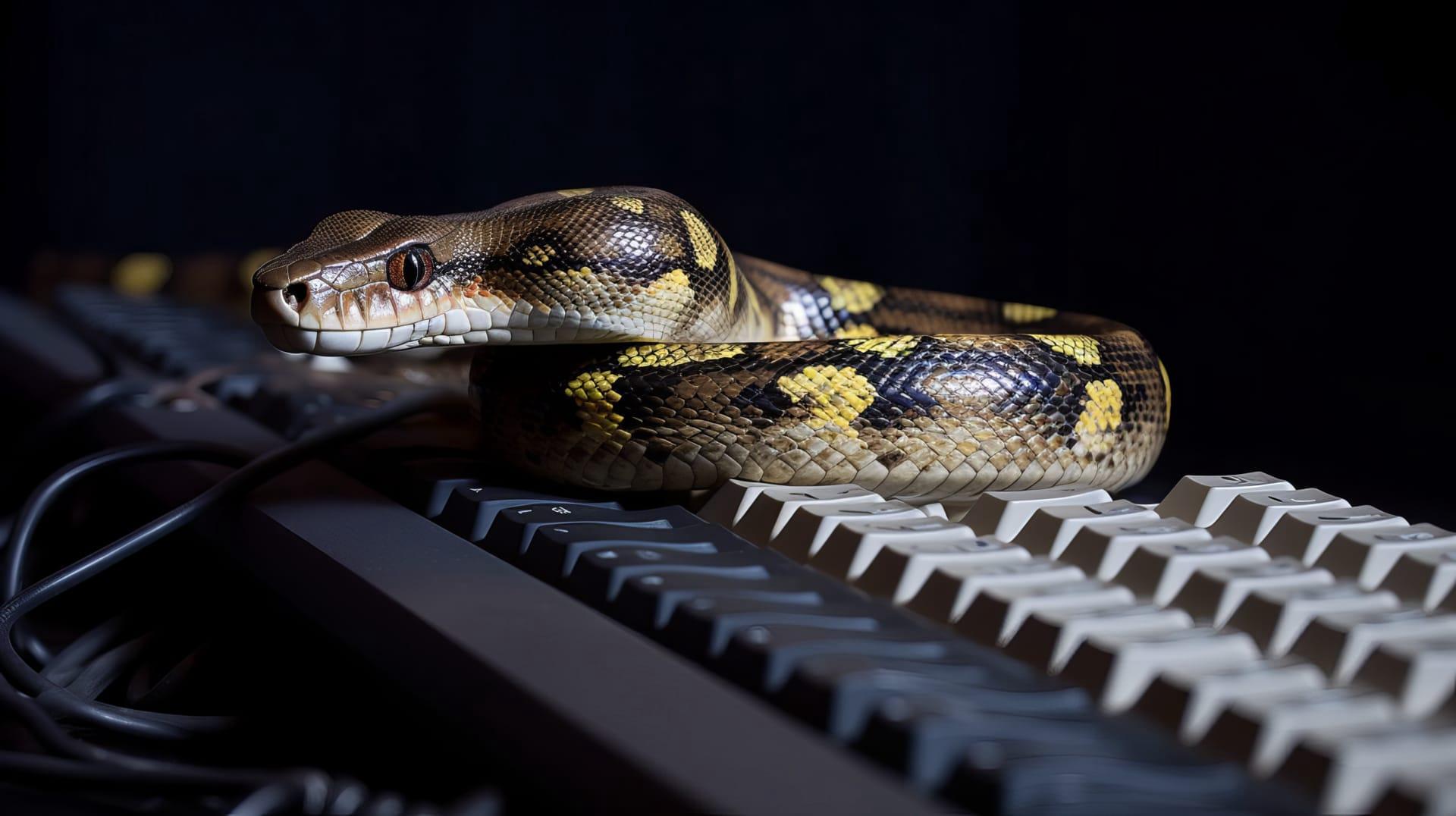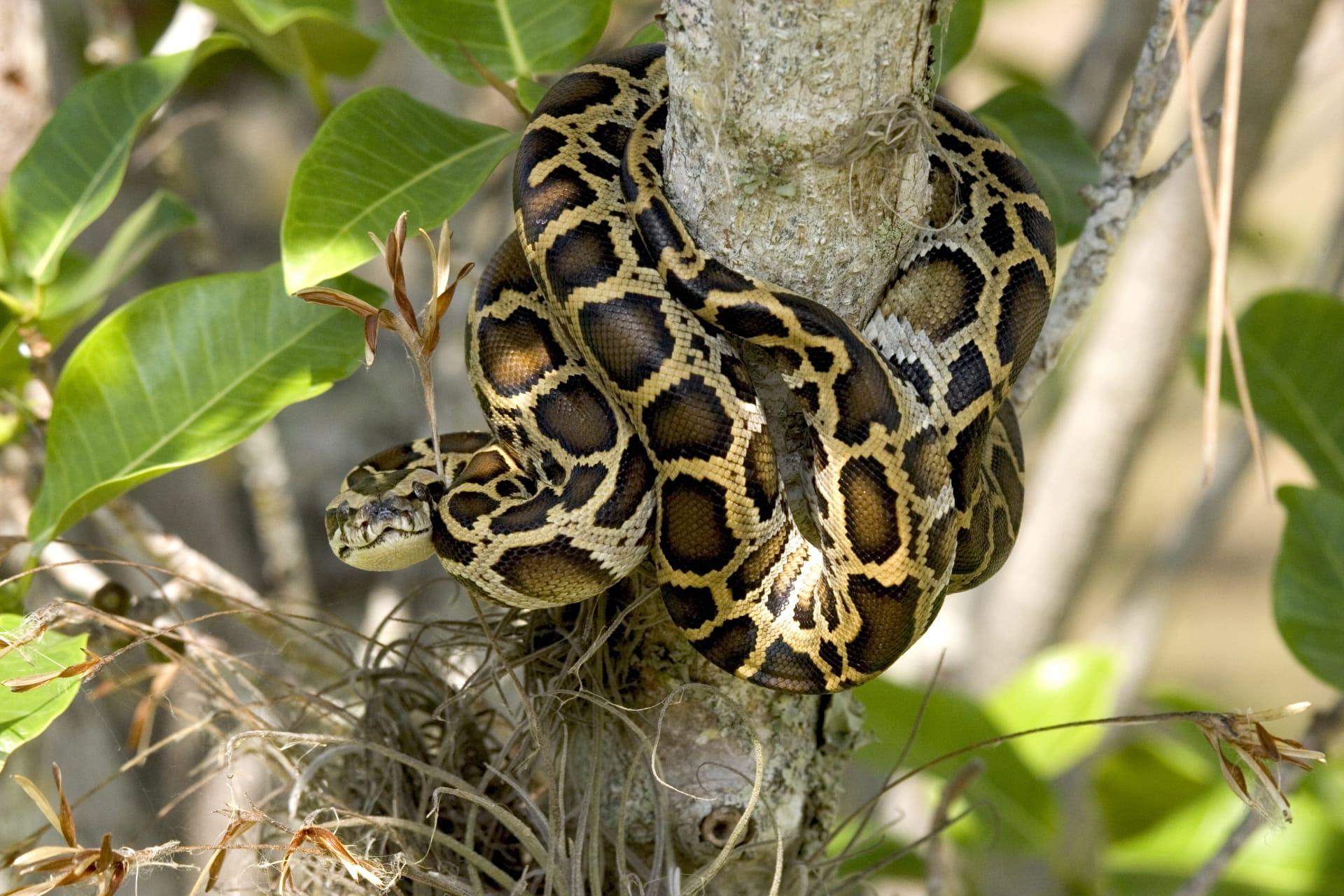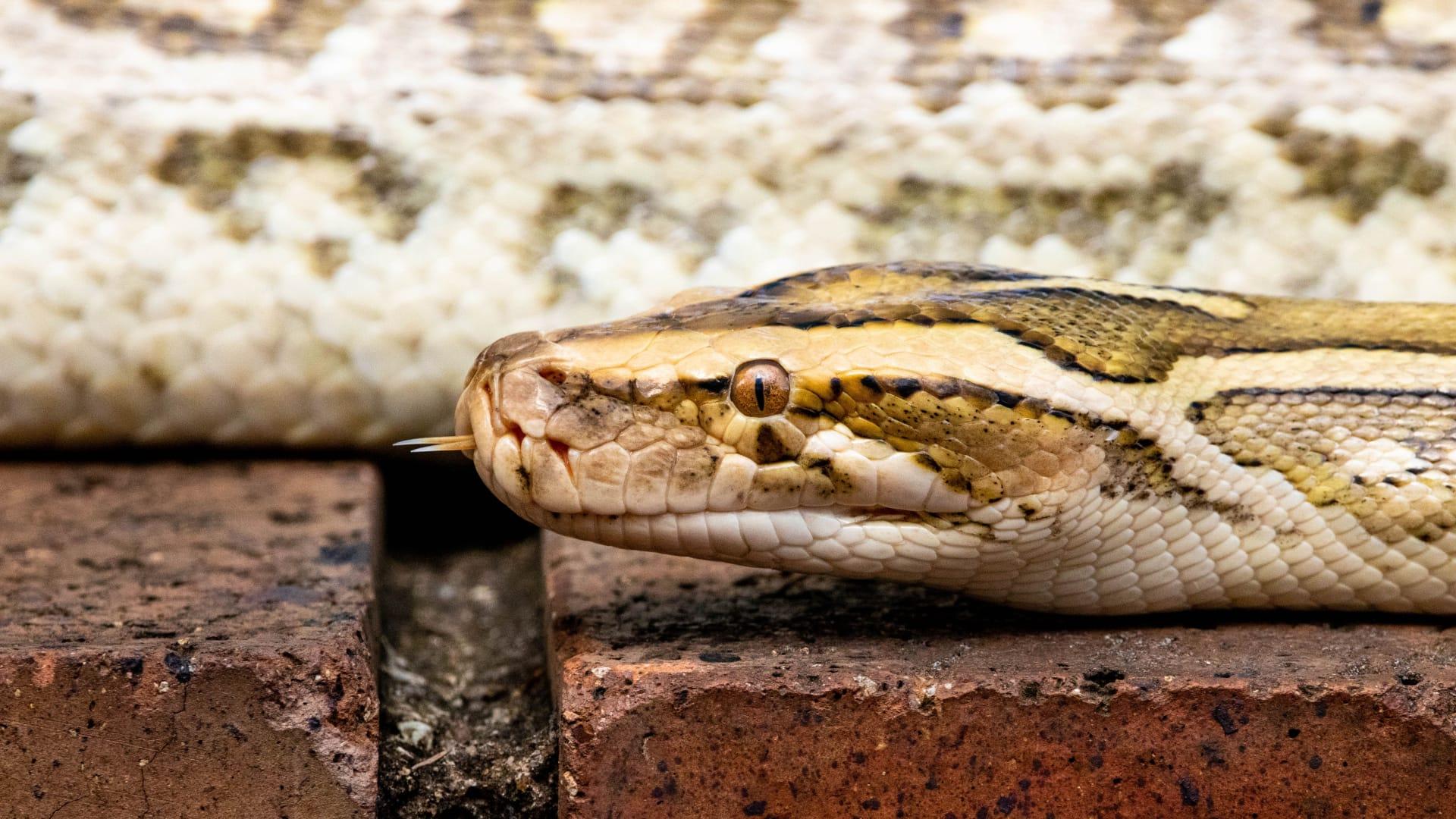Burmese Python Characteristics
- Home /
- Mini Encyclopedia /
- Animal /
- Burmese Python Characteristics
1
The Burmese Python, a fascinating species, stands out for its impressive size and longevity. On average, an adult Burmese Python measures around 12 to 16 feet in length, although some have been recorded at over 23 feet! They weigh in the ballpark of 90 to 200 pounds, showcasing a robust and muscular build. These serpents can live up to 20 to 25 years in the wild, and some in captivity have even reached over 30 years, a testament to their resilience.
One of the most remarkable organs of the Burmese Python is its heat-sensing pits. Located along the jaw, these pits are infrared receptors, which allow the python to detect the heat emitted by its prey. This adaptation is particularly useful in hunting, as it enables the snake to sense warm-blooded animals even in complete darkness. These pits are so sensitive, they can detect a change in temperature as minute as 0.003 degrees Celsius, making the Burmese Python an adept nocturnal hunter.

2
Question: Why do Burmese Pythons have such a diverse diet?
Answer: Burmese Pythons are known for their remarkably diverse diet due to their adaptable nature and powerful constriction method of hunting. They feed on a variety of prey, ranging from small rodents to larger animals like birds, pigs, and even deer. Their flexible jaws allow them to swallow prey much larger than their head. As opportunistic feeders, they rely on the availability of prey in their habitat, which contributes to their varied diet. Their ability to consume large prey items not only showcases their impressive hunting skills but also allows them to go weeks or even months between meals.

3
Burmese Pythons exhibit fascinating locomotion characteristics. They primarily use the rectilinear method of movement, advancing in a straight line. This is achieved by alternating movements of the wide scales on their belly and muscle contractions. This method of movement, while not fast, is highly efficient and stealthy, making it perfect for ambushing prey.
When it comes to hunting, Burmese Pythons are masters of ambush and constriction. They patiently wait for their prey, often remaining motionless for extended periods before striking with lightning speed. Once they grab their prey, they coil around it and apply a deadly squeeze. Each breath the prey takes allows the python to tighten its grip, eventually leading to suffocation. This method is highly effective and allows the python to subdue animals much larger than itself.

4
The Burmese Python thrives in a variety of environments, predominantly in the jungles, grasslands, marshes, and even near water bodies in Southeast Asia. They prefer humid, warm climates and are excellent swimmers. These pythons have also been found in urban areas, adapting to human-altered landscapes.
In terms of reproduction, Burmese Pythons are oviparous, meaning they lay eggs. A female python can lay between 12 to 36 eggs per clutch. She exhibits a rare maternal instinct, coiling around the eggs to protect them and even shivering to generate heat to incubate them. This incubation period lasts for around 60 days. Once hatched, the young pythons are independent and receive no further care from the mother.

5
Book: "The Secret Life of the Burmese Python" by Dr. Jane Green is a comprehensive guide to understanding these magnificent creatures. Published in the USA in 2015, it offers insights into their behavior, habitat, and survival strategies. Dr. Green's vivid descriptions and scientific analysis make it an engaging read for both herpetologists and enthusiasts alike.
Book: "Serpents in the Mist: The Burmese Python" by Liam O'Donnell, published in the UK in 2018, delves into the fascinating world of these pythons. The book combines field research and historical data to paint a detailed picture of their life cycle, environmental impact, and the challenges they face in the wild. O'Donnell's narrative brings a unique perspective to the understanding of these majestic serpents.